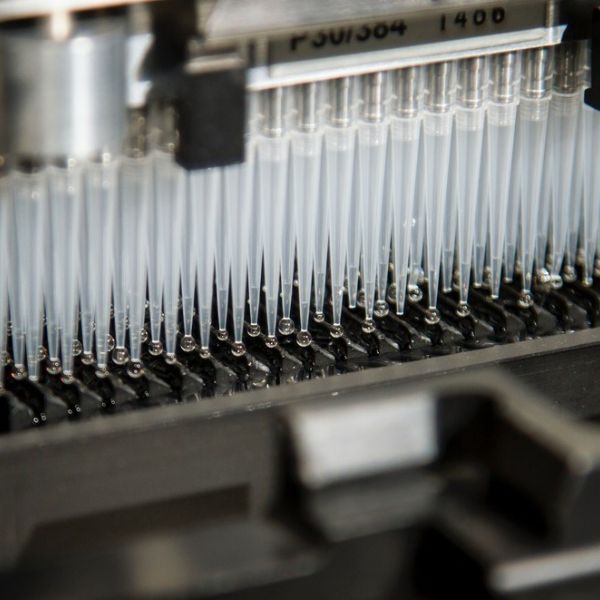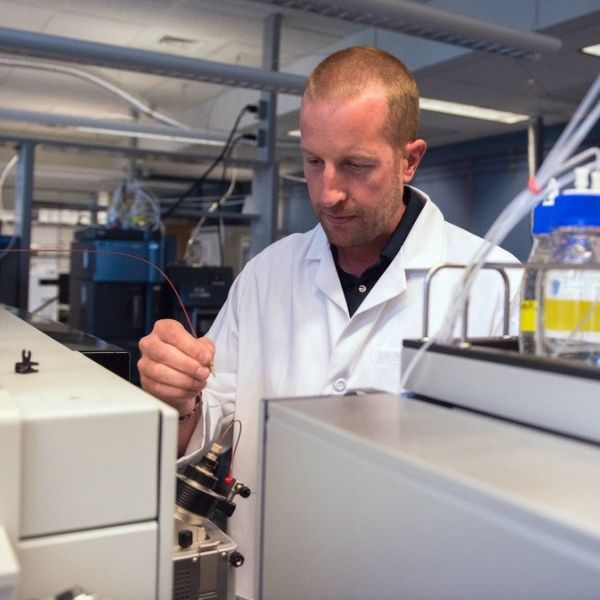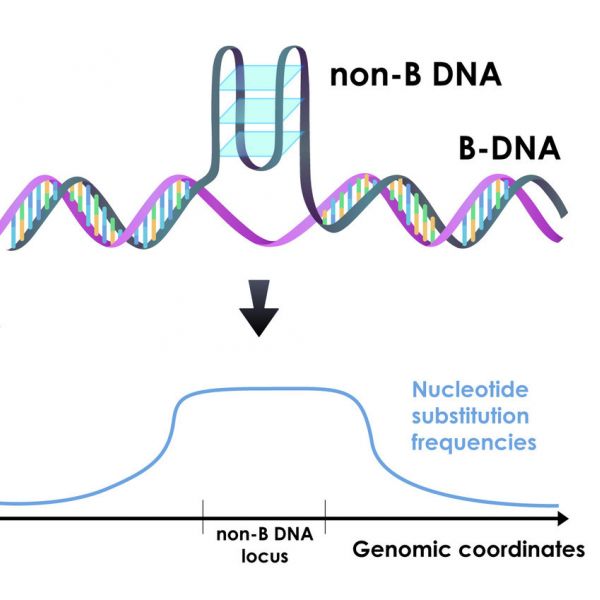News

Apr 09, 2021
New position will support graduate and post-graduate training
Donna Korzick, professor of physiology and kinesiology, recently assumed a new role as director of graduate training initiatives in the Huck Institutes for the Life Sciences. In this role, Korzick is dedicating half of her time to support the application for and execution of training grants from organizations like the National Institutes of Health.
Full Article

Mar 30, 2021
New statistical method eases data reproducibility crisis
Researchers at Penn State and the University of Minnesota have developed a statistical tool that can accurately estimate the replicability of a study, thus eliminating the need to duplicate the work and effectively mitigating the reproducibility crisis.
Full Article

Mar 25, 2021
New computational methods allow for accurate determination of gene expression
A more accurate measurement and interpretation of gene activities, using large volumes of sequencing data, may be possible with a new computational framework and set of algorithms currently being developed by Penn State researchers.
Full Article

Mar 12, 2021
Biochemistry and molecular biology professor receives NSF CAREER Award
Shaun Mahony, assistant professor of biochemistry and molecular biology, has been honored with a Faculty Early Career Development (CAREER) award from the National Science Foundation (NSF).
Full Article

Mar 08, 2021
New Appointments to Build on Excellence in Graduate Training
Two familiar faces within the Huck's graduate program system will be adding new roles to support the Institutes' portfolio of extramurally-funded programs.
Full Article

Feb 10, 2021
Andrew Patterson receives Society of Toxicology Achievement Award
The Society of Toxicology has named Tombros Early Career Professor Andrew Patterson of Penn State as the recipient of its 2021 Achievement Award, recognizing his significant contributions to the field of toxicology within 15 years of obtaining the highest earned degree.
Full Article

Feb 08, 2021
Unusual DNA folding increases the rates of mutations
DNA sequences that can fold into shapes other than the classic double helix tend to have higher mutation rates than other regions in the human genome. New research by a team of Penn State scientists shows that the elevated mutation rate in these sequences plays a major role in determining regional variation in mutation rates across the genome.
Full Article

Jan 04, 2021
Discovery of chemical clue may lead to solving cacao's black pod rot mystery
The finding of relatively high levels of the antimicrobial compound clovamide in the leaves of a disease-resistant strain of cacao has significant implications for breeding trees that can tolerate black pod rot, according to Penn State researchers who conducted a novel study.
Full Article

Dec 01, 2020
Warbler coloration shaped by evolution via distinct paths
Two genes that are important for the diverse colors and patterns of warbler plumage have evolved through two very different processes, according to a new study led by Penn State researchers. These evolutionary processes could help explain the rapid evolution of these songbirds into so many unique species.
Full Article

Oct 14, 2020
Makova selected as holder of the Verne M. Willaman Chair in the Life Sciences
Kateryna Makova, Pentz Professor of Biology at Penn State, has been appointed as holder of the Verne M. Willaman Chair in the Life Sciences. The appointment, effective on Sept. 1, was made by the Office of the President of the University, based on the recommendation of the dean, in recognition of Makova’s national and international reputation for excellence in research and teaching.
Full Article